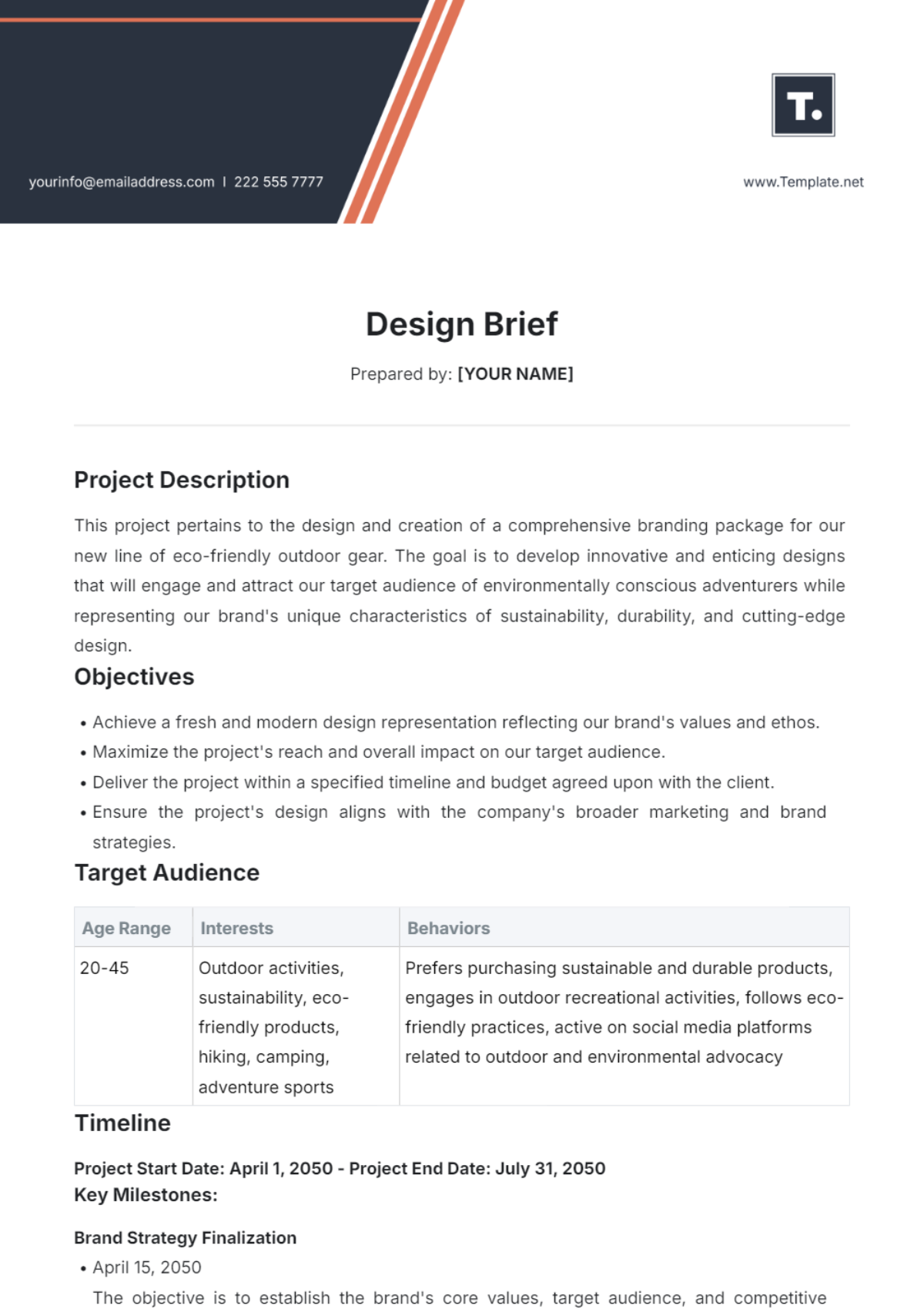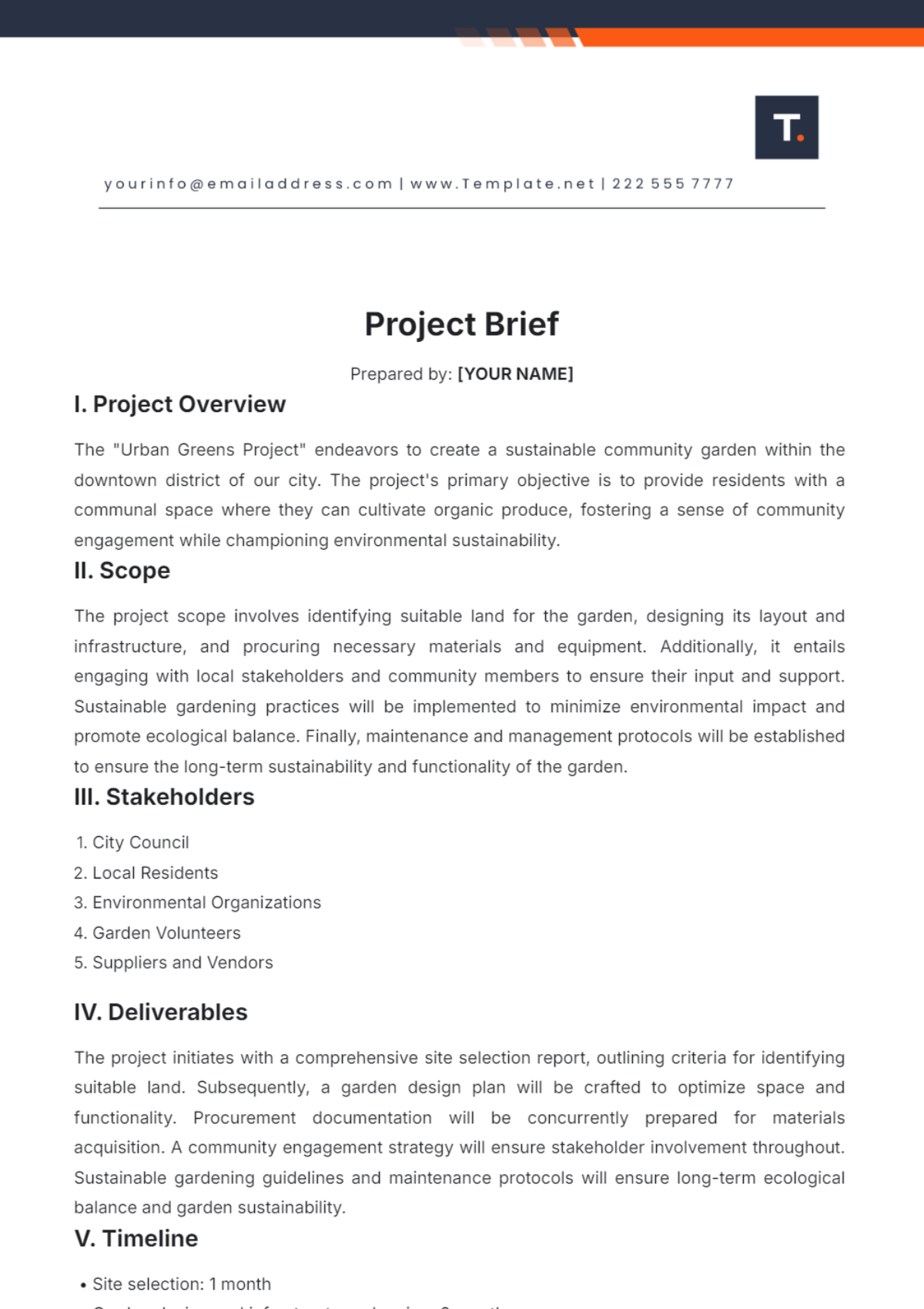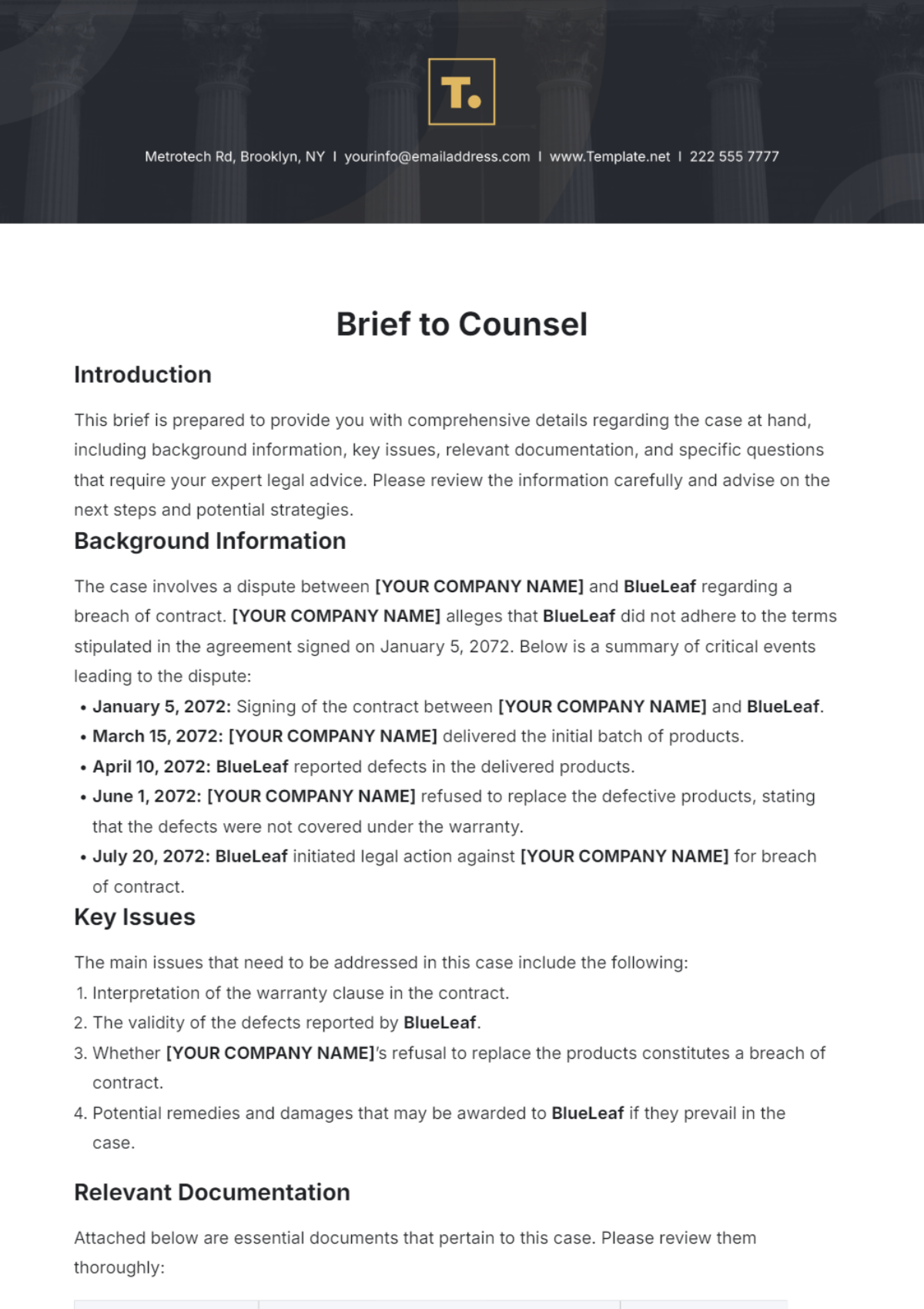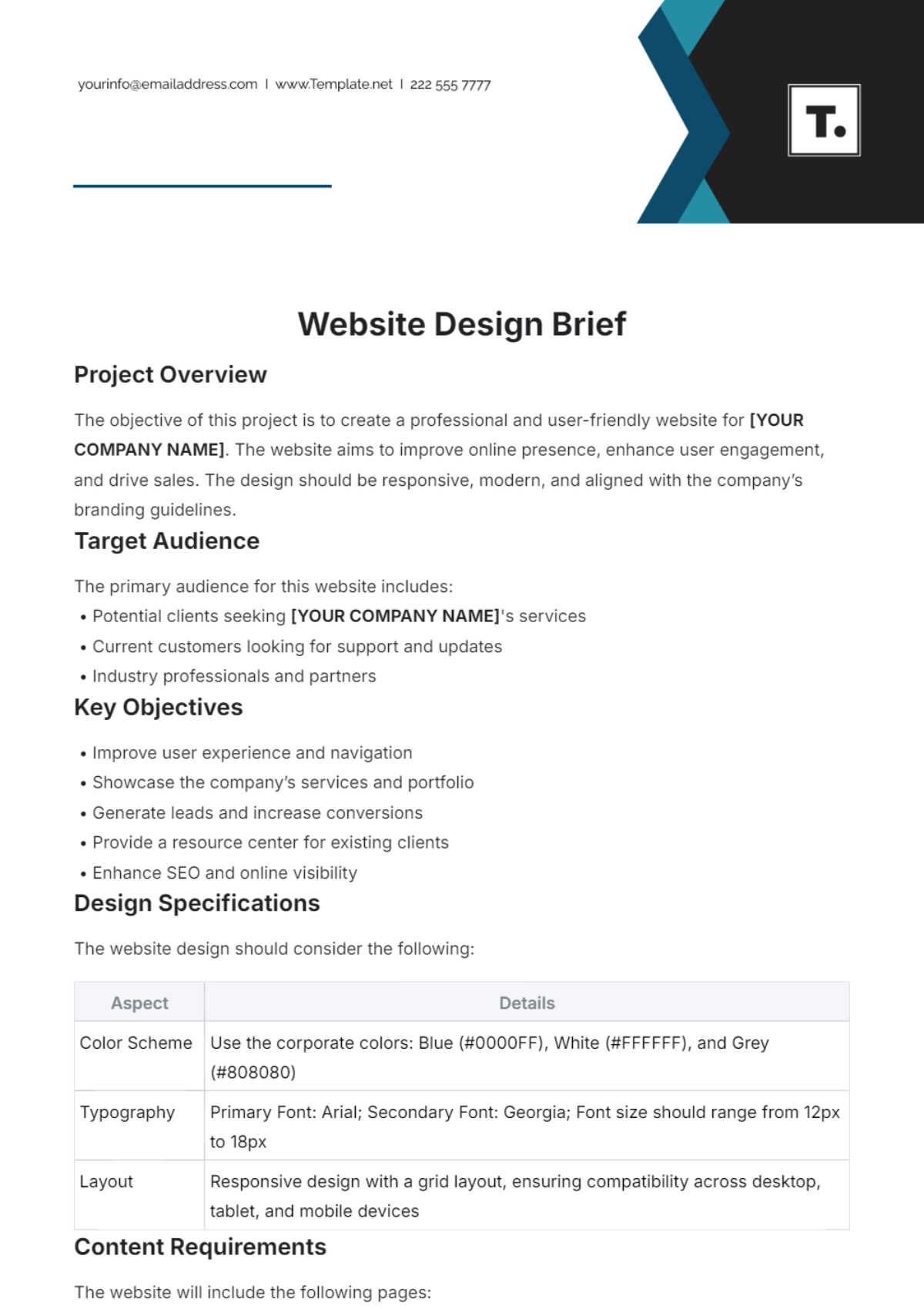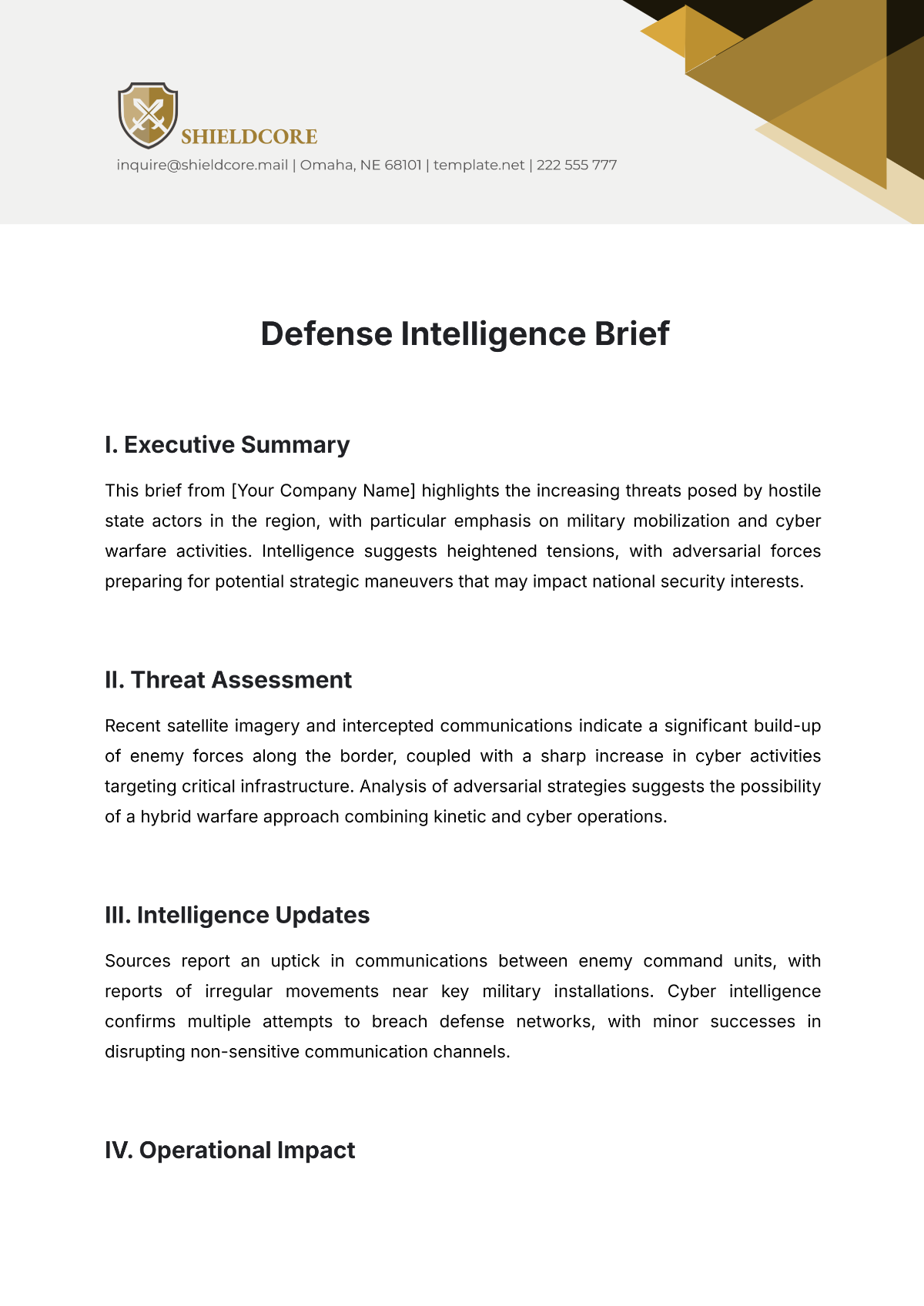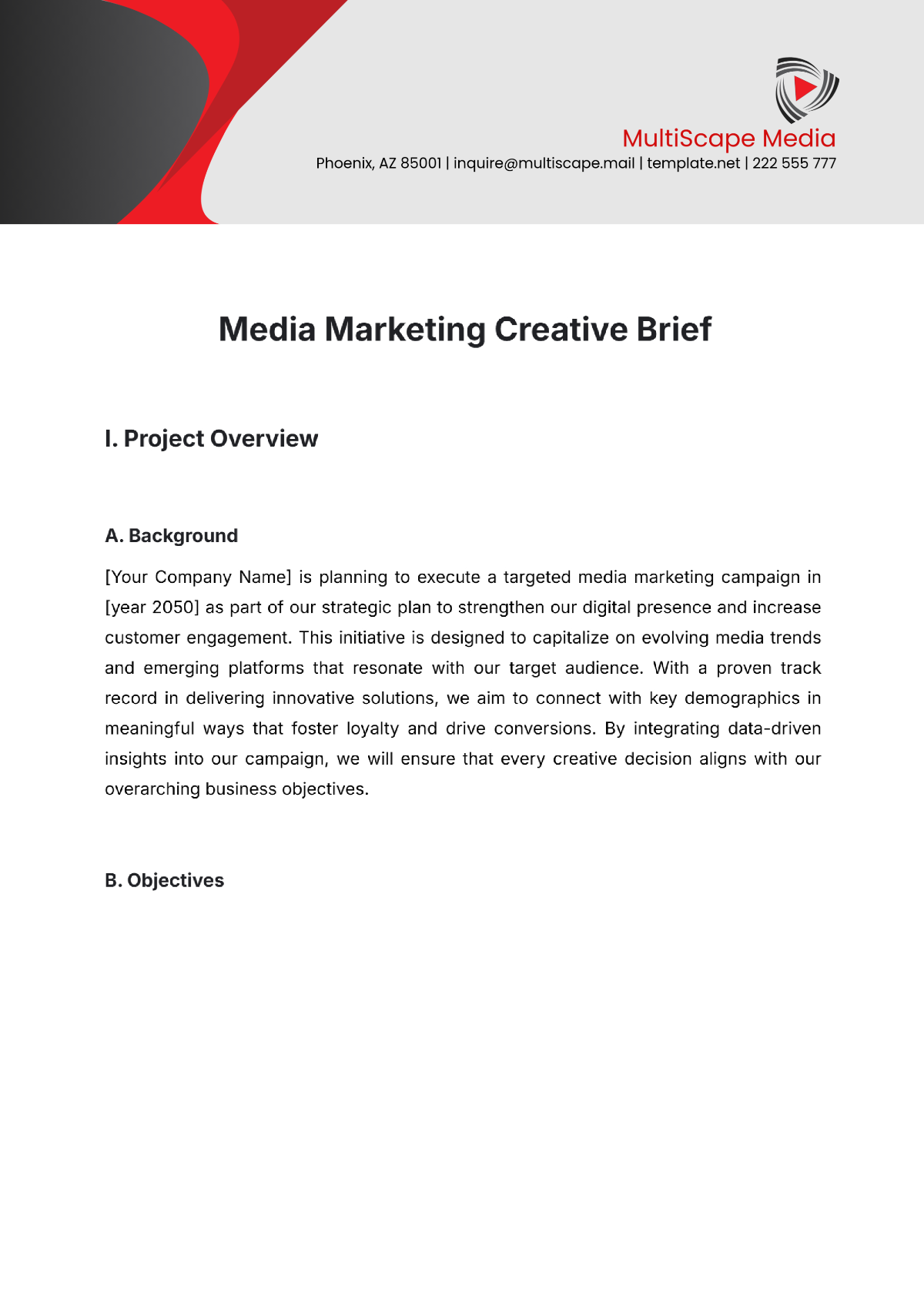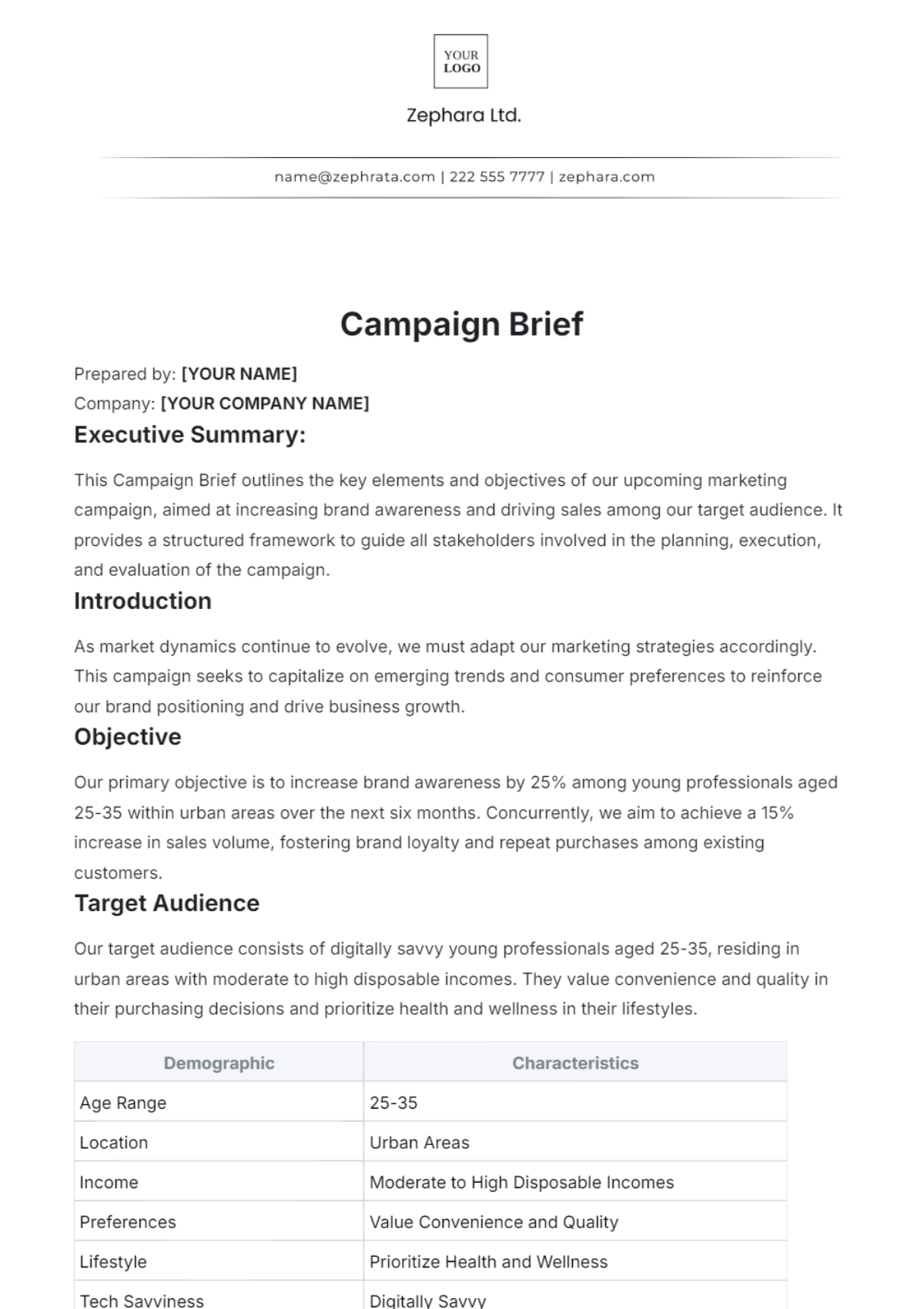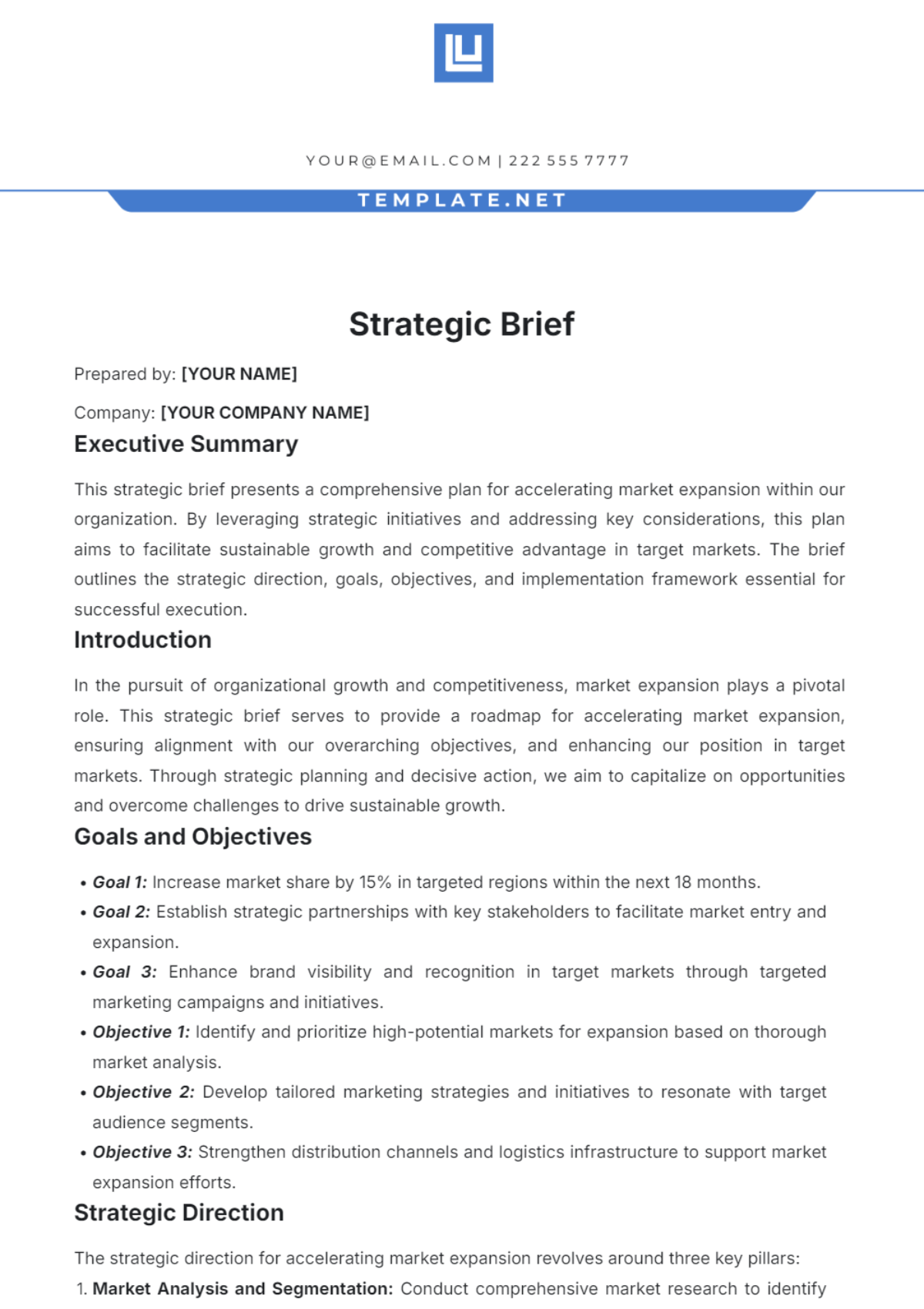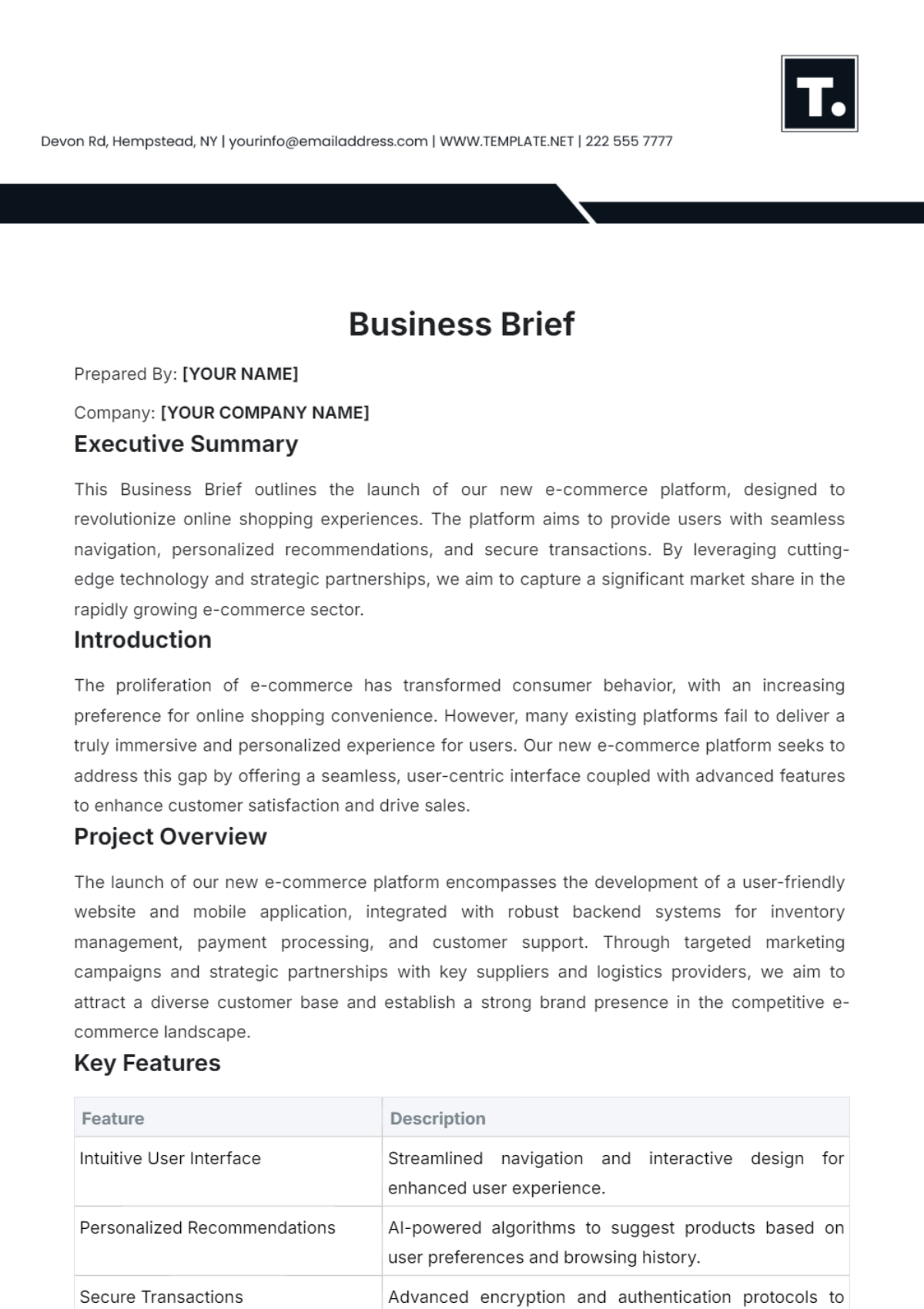Brief Overview
Topic/Subject:
The Adoption of Renewable Energy by 2050
Purpose:
To analyze the progress and future potential of renewable energy as the primary global energy source by 2050.
Key Points:
Background:
Renewable energy has been a focal point of global energy strategies since the late 20th century. By the 2020s, advancements in solar, wind, and hydropower technologies laid the foundation for widespread adoption.Current Situation:
In 2050, renewable energy accounts for 80% of global electricity production. Solar and wind dominate, supported by advanced energy storage systems, while nuclear fusion is emerging as a complementary technology.Challenges/Issues:
Energy Equity: Ensuring universal access to affordable renewable energy in developing regions.
Resource Scarcity: Competition for materials like lithium and rare earth metals for batteries.
Climate Extremes: Unpredictable weather patterns affecting solar and wind output.
Significance:
The transition to renewable energy in 2050 is a milestone in mitigating climate change and achieving global sustainability goals. It represents a shift in economic and environmental paradigms, fostering collaboration among nations and industries.
Conclusion:
The journey to 2050 demonstrates humanity’s capacity for innovation and resilience. With continued investment in technology, policies, and global partnerships, renewable energy will solidify its role as the backbone of a sustainable future.
